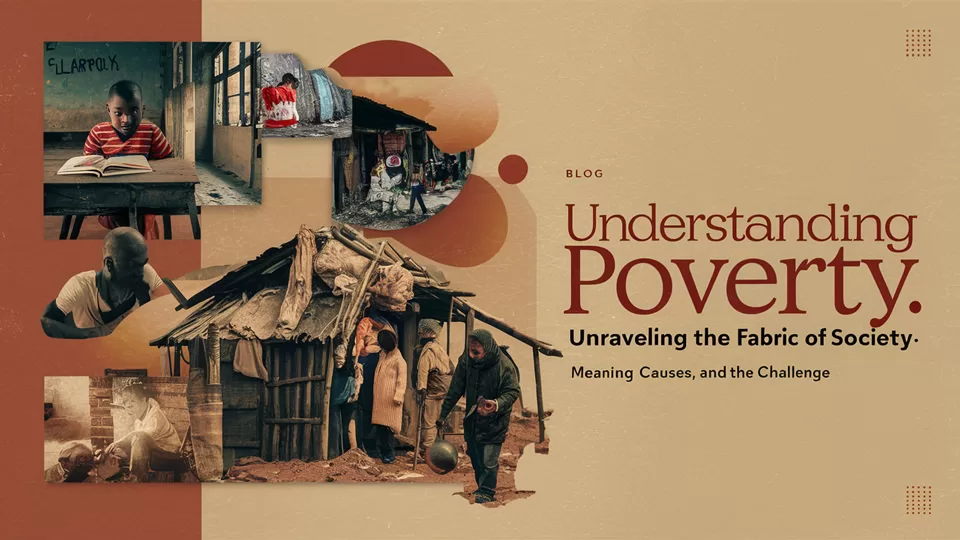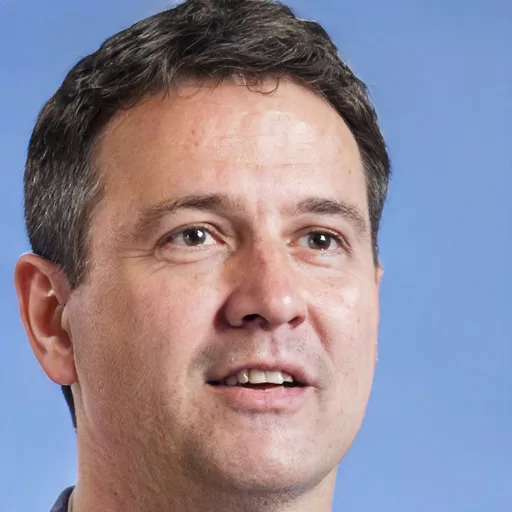What Is Poverty?
Poverty refers to a condition where individuals or communities lack the financial resources and essentials needed for a minimum standard of living. This means they cannot meet basic human needs like proper housing, clean water, nutritious food, and medical care. Each country has its criteria for defining the poverty line and determining how many of its citizens live below it.

Key Takeaways
- Definition: Poverty is the state where a person or community lacks financial resources and essentials for a minimum standard of living.
- Basic Needs: Those living in poverty often lack proper housing, clean water, healthy food, and medical attention.
- Wider Impact: Poverty is both an individual issue and a broader social problem.
- Government Support: Welfare programs aim to alleviate poverty.
- Complex Causes: Poverty results from a mix of factors, not just income.
Understanding Poverty
Poverty means not having enough financial resources, which results in the inability to secure basic necessities like food, clothing, shelter, and healthcare. It’s a multifaceted issue affecting individuals and communities, leading to various social, physical, and mental challenges. High poverty rates can hinder economic growth and are often linked to issues such as crime, unemployment, poor education, and public health.
Aspects of Poverty in the U.S.
In the United States, poverty status is determined by the Department of Health and Human Services (HHS) using specific income thresholds. The U.S. Census Bureau calculates poverty rates by considering households with incomes below these thresholds.
- 2022 Poverty Thresholds:
- A family of four with two children under 18: $29,678 per year.
- Two people over 65 with no children under 18: $17,689 per year.
Global Poverty
Globally, poverty has decreased in developed countries since the Industrial Revolution due to increased production and agricultural advancements. The international poverty line is set at $2.15 per day. Despite improvements, many people still struggle. As of September 2023, the World Bank estimated that 700.6 million people live in extreme poverty.
Poverty and Children
Children growing up in poverty face severe health problems, developmental issues, and educational challenges. Poverty increases the risk of low birth weight, chronic illnesses, and higher infant mortality rates in developing countries. These children often miss school due to illness and endure more stress, which affects their overall development and future prospects.
Causes of Poverty
Poverty is often a cyclical issue, influenced by socioeconomic status, ethnicity, gender, and geography. Some root causes include:
- Limited job growth
- Poor infrastructure
- Conflict and war
- High cost of living
- Social barriers
- Lack of government support
Discrimination and Poverty
Discrimination exacerbates poverty. Laws and societal norms can prevent certain groups from accessing essential services, the labor market, or housing, pushing them further into poverty. This includes people living with HIV/AIDS, BIPOC communities, women, single mothers, and LGBTQ+ individuals.
How Poverty Is Measured
Poverty is typically measured using income thresholds. In the U.S., the Census Bureau updates these thresholds annually based on inflation. The thresholds are used to determine eligibility for government aid programs.
How To Reduce Poverty
Organizations like the United Nations and the World Bank advocate for reducing poverty. The World Bank aims to reduce global poverty to less than 3% by 2030 through initiatives like:
- Installing wells for clean drinking water
- Educating farmers to increase food production
- Building shelters and schools
- Providing better healthcare access

Roger Varley is a seasoned financial expert with over two decades of experience and an MBA from Harvard Business School. He specializes in commodity trading and portfolio diversification, and has authored several bestsellers that simplify complex financial concepts for investors. Residing in New York City, Roger continues to share his knowledge through his writing and lectures at financial conferences worldwide.

